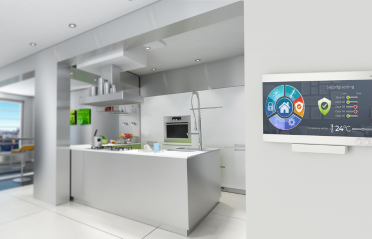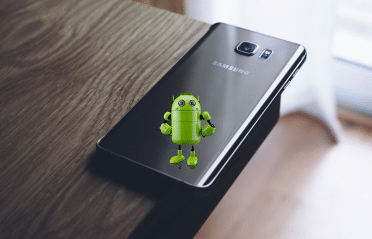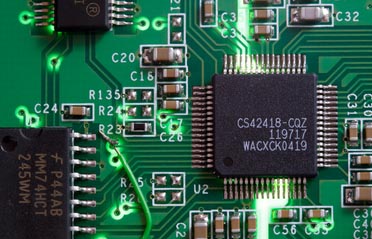If you&rs ever sat in gridlock when you have somewhere to be, you understand the feeling of wanting to rip the steering wheel from the console and start walking. It seems like the Jetsons solved the problem, what is taking us so long? Well, get ready to screw the steering wheel back on because the next target of big data is traffic jams – the literal kind, with motor vehicles. While spreadsheets and statistics packages do work behind the scenes, connectivity in the real world is happening through smart devices like Android-powered cell phones, smart vehicles and smart households.
The number of problems that can’t in some way be solved, or at least reduced, using big data is rapidly decreasing. Everything from predicting flu outbreaks to creating sophisticated predictive marketing models is possible thanks to easier collection and storage systems. So why, of all the problems in the world, is congested traffic on the hit list?
Descriptive Statistics
In a famous conversation with his engineering team for the Mac computer, Steve Jobs requested the load time be decreased by ten seconds. As the engineers grumbled and moaned, Jobs phrased the problem in a new way. He said, if we sell one million Macs, and the users that own these devices turn them on every-day, in the course of a year you’re saving what equates to dozens of lives! If you can speed up the load time, you will save lives. The result? The engineers did it; saving lives through load time.
In the same way, reducing traffic saves lives too. According to Index Mundi.com, the average commute time of the US is roughly 25 minutes. This, however, is the national average. Horror stories of individuals traveling between two and three hours each way through dense traffic are all too common in large metropolitan areas.
In correct data science fashion, when coming to a big data solution it’s important to understand the problem. A daunting task in times of old,
Android-embedded devices combined with blue-tooth technology make it easier, more accurate and less resource-heavy to collect valuable information about traffic (among other things) than ever before.
Data Collection
This video shows a technology currently deployed in Houston, TX. In the video, travel speeds are color coded along a major highway and reported back to a central database. How can this information be used? Well, unlike radio reports, this technology could be synced directly with your Android device and alert you of impending congestion, in real time. Navigating previously un-monitored, alternate routes, this form of data collection makes it easy to setup anywhere, not just on major highways.
What used to be reserved for cities with the capacity for resource-heavy computational expertise and expensive traffic engineering methods, studying traffic through data collection is now much less time and resource intensive; becoming more practical for smaller communities. How? Connected cities are turning to Bluetooth and wireless signals from passing cars to track travel times. Bluetooth devices have an address that can be tracked and reported back to a database, which allows for this information to be used to track travel times and destinations… anonymously.
Through simple calculations, researchers and data scientists can use this data to estimate traffic flows and patters with precision. One of the main problems they’re working to tackle is not necessarily identifying slow or congested epicenters, but identifying the end of the line. Where does the traffic begin to slow and what is the best route around the high-traffic areas for approaching vehicles?
Embedded Android’s Role In Lessening Traffic
What does the future of transportation look like? Perhaps the evolution of smart commuters… Through an Android-powered device (a smart phone, embedded dashboard, etc.), parking availability combined with weather conditions, time of day and destination can give precise and accurate travel information to the driver. So although we’re not cruising in our Google self-driving cars just yet, the ball is rolling toward smarter, more efficient, commuting. And it all starts with increasing the connectivity of US cities. Making technology-powered infrastructure a priority for action and allocation of resources would save people millions of hours. Time once spent commuting could be reinvested in family, friends and community. While the end of all traffic jams seems impossible, reducing congestion and saving travellers considerable time is actually quite doable. The future of traffic might very well be in the hands of the movement toward the Internet of things!

Product Engineering Services Customized software development services for diverse domains
Quality Assurance End-to-end quality assurance and testing services
Managed Services Achieve scalability, operational efficiency and business continuity
Technology Consulting & Architecture Leverage the extensive knowledge of our Domain Experts



